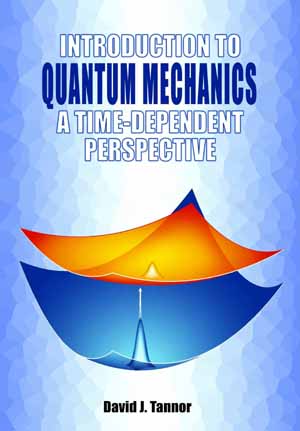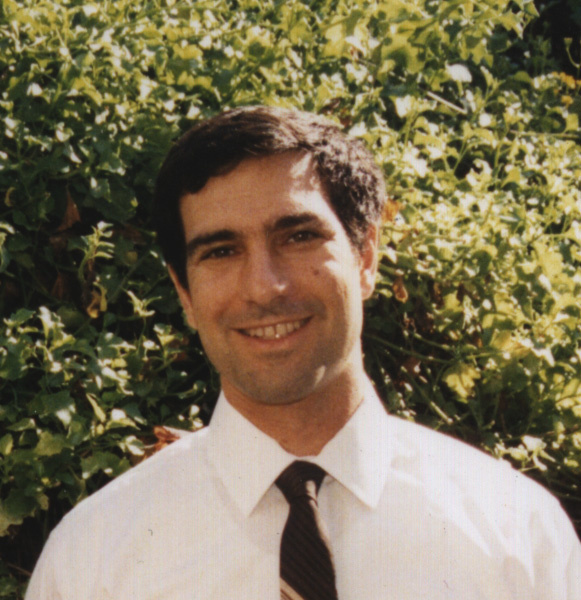
Introduction to Quantum Mechanics: A Time-Dependent Perspective
This brilliant new text, a completely original manifesto, covers quantum mechanics from a time-dependent perspective in a unified way from beginning to end. Intended for upper-level undergraduate and graduate courses in quantum mechanics, this text will change the way people think about and teach about quantum mechanics in chemistry and physics departments.
Summary
This brilliant new text, a completely original manifesto, covers quantum mechanics from a time-dependent perspective in a unified way from beginning to end. Intended for upper-level undergraduate and graduate courses in quantum mechanics, this text will change the way people think about and teach about quantum mechanics in chemistry and physics departments.
Translated into Japanese.
Resources
List of Adoptions
Foreword
Introduction
Author’s Website for this Book
Animations
Table of Contents
I Pictures and Concepts
- The Time Dependent Schrödinger Equation
- The Free Particle Wave Packet
- The Gaussian Wavepacket
- Classical-Quantum Correspondence
- The Wigner Representation
- Correlation Functions and Spectra
- One Dimensional Barrier Scattering
II Formal Theory and Methods of Approximation
- Linear Algebra and Quantum Mechanics
- Approximate Solutions
- Semiclassical Mechanics
- Numerical Methods
III Applications
12 Introduction to Molecular Dynamics
13 Femtosecond Pulse Pair Excitation
14 One- and Two-Photon Electronic Spectroscopy
15 Strong Field Excitation
16 Design of Femtosecond Pulse Sequences to Control Reactions
17 Wavepacket Approach to Photodissociation
18 Wavepacket Approach to Reactive Scattering
19 Projects
Index
Reviews
“Tannor provides a rigorous, self-contained development of modern time-dependent quantum mechanics and discusses numerous applications in molecular spectroscopy and reaction dynamics. With its fresh and conceptually appealing perspective, Introduction to Quantum Mechanics could change how quantum mechanics is perceived and taught.”
-Science, vol 319, p 161 (11 January 2008).
“This book is not only a new and much needed vehicle for training the current generation of students, but also the impulse required to change the momentum of textbook writers of the future, toward a balanced approach to quantum molecular dynamics.”
-Eric Heller, Harvard University
“The students in my class really appreciated the modern viewpoint with regard to both theory and experiment. The insightful treatments of many theoretical concepts, including semiclassical theory, wavepacket dynamics, and control theory are unique to this text. The Tannor book is a real winner and should be considered a standard text for graduate courses in physical chemistry.”
-Robert Wyatt, University of Texas
“David Tannor has organized the basic concepts of time-dependent quantum mechanics in a form that will be accessible to beginning and established researchers in the general area of modern molecular physics and chemistry. This book will be a valuable resource to those seeking to understand chemical dynamics from the perspective of what actually happens.”
-Jeffrey A. Cina, University of Oregon
“It contains a wealth of valuable material that is difficult to find elsewhere. It is also well written.”
-John C. Tully, Yale University

